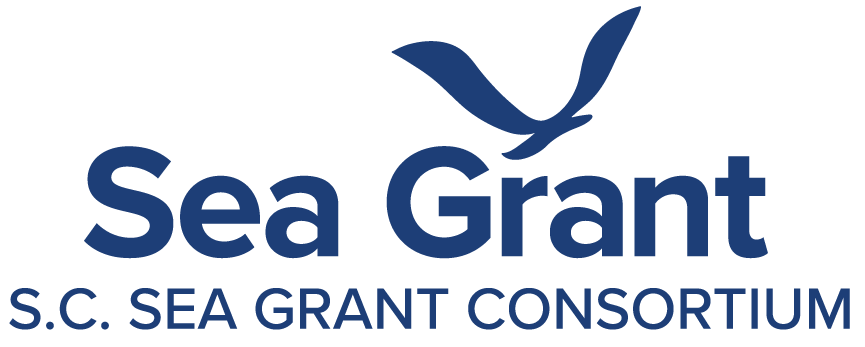Sustainable Fisheries and Aquaculture Research Projects
Refining Assessments of Reproductive Activity in White Shrimp (Penaeus setiferus) to Improve Management Decisions
Principal Investigator: Michael Kendrick, S.C. Department of Natural Resources
Co-Principal Investigators: Peter Kingsley-Smith, Jeff Brunson, Chris McDonough, Graham Wagner, S.C. Department of Natural Resources
The main goals of this project are to refine reproductive assessments of white shrimp and to improve our understanding of the sensitivity of reproductive phenology to environmental variability.
Specific project objectives include strengthening our understanding of the relationship between macroscopic characteristics and histologically-based metrics of reproductive condition (especially the identification of individuals that have previously spawned) for female white shrimp, developing a visual guide to standardize field-based macroscopic assessments of reproductive status in female white shrimp, investigating existing datasets to determine temporal trends in the timing of reproductive development and its relationship with environmental conditions and climate indices, field-testing standardized reproductive status assessment methods for female white shrimp in South Carolina and Georgia, and documenting spatial variability in the onset of reproductive activity in female white shrimp across South Carolina and Georgia.
This project will provide fishery managers with access to more detailed biological data, supporting a more informed decision-making process regarding the opening of the spring commercial shrimp season.
Physiological Effects of Age and Temperature on Blood Chemistry, Metabolism, and Mortality Of Harvested Horseshoe Crabs, Limulus Polyphemus
Principal Investigator: Daniel Sasson, S.C. Department of Natural Resources
Co-Principal Investigators: Jody Beers, College of Charleston; Fabio Casu and Brad Floyd, S.C. Department of Natural Resources
The American horseshoe crab Limulus polyphemus is vitally important for its role in the biomedical industry. Amoebocytes in the hemolymph, or blood, of horseshoe crabs isolate foreign bacteria by detecting and quickly clotting around endotoxins. Because of their remarkable clotting abilities, these amoebocytes are extracted from the blood to create Limulus Amoebocyte Lysate (LAL), which is used to test for the presence of toxins in medical devices and injectables.
Understanding the factors that influence amoebocyte density, metabolic stress, and mortality in horseshoe crabs has important management implications. Selective harvesting of horseshoe crabs with the highest amoebocyte levels may allow biomedical bleeding facilities to generate similar levels of LAL while using fewer crabs. This would be more efficient and cost effective for those facilities while reducing the number of horseshoe crabs that die due to harvesting. The main goal of the proposal is to determine factors (e.g. age, holding pond water temperature) that influence blood chemistry (e.g., amoebocyte density), metabolic stress, and mortality in horseshoe crabs harvested for the biomedical industry.
